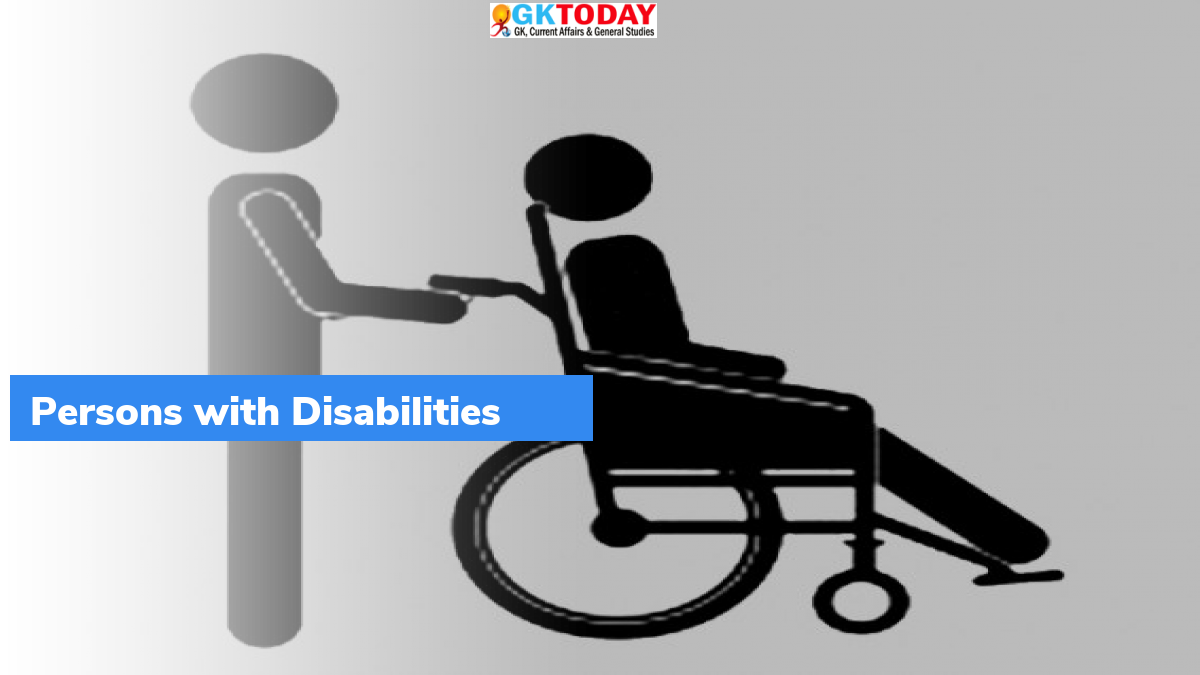Guidelines for Universal Accessibility in India 2021
In December 2021, the Central Public Works Department (CPWD) released the “Harmonised Guidelines and Standards for Universal Accessibility in India 2021”.
Key Facts
- The new guidelines have covered several aspects of built environment, ranging from design plan to the implementation.
- These are a revised version of “Harmonised Guidelines & Space Standards for Barrier-Free Built Environment for Persons with Disabilities & Elderly Persons” which was released in February 2016, by CPWD, under the Ministry of Housing and Urban Affairs (MoHUA).
- It has been drafted by a team of Indian Institute of Technology-Roorkee and National Institute of Urban Affairs of MoHUA.
What revisions have been made?
- Earlier, guidelines were to create a barrier-free environment. It now focuses on universal accessibility.
- As per new guidelines, ramps are significant for providing an accessible mobility option. But ramps should adhere to given guidelines.
- It provides the gradient and length of ramps. For instance, for a length of six metres, it recommends the gradient of 1:12. It recommends to keep minimum clear width of the ramp as 1,200 mm.
- Guidelines have been provided for persons with disabilities (PwD) as well as for those involved in planning projects, starting from construction of government buildings to master-planning cities.
- It covers making public buildings and transport fully accessible for wheelchair users. It has also covered users including parent pushing a child’s pram while carrying groceries or other bags or women wearing saris, who are likely to experience temporary problems.
- It calls to incorporate accessibility symbols for PwD, family-friendly facilities and transgender, among the symbols for other user groups.
Central Public Works Department (CPWD)
CPWD is the Central Government authority, charged with the public sector works. It works under the Ministry of Housing and Urban Affairs. It deals with buildings, bridges, roads, flyovers, complicated structures such as stadiums, auditoriums, bunkers, laboratories, border roads, hills roads, border fencing, etc. The authority was established in July 1854, when Lord Dalhousie established a central agency to execute public works and set up Ajmer Provincial Division.
Month: Current Affairs - January, 2022
Category: India Nation & States Current Affairs • Legal & Constitution Current Affairs


